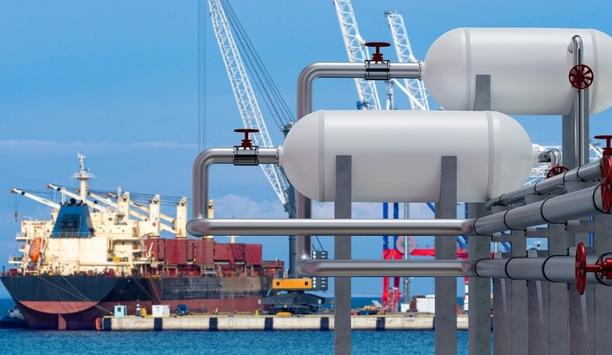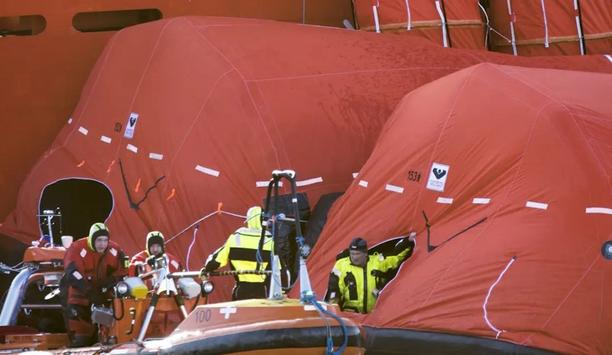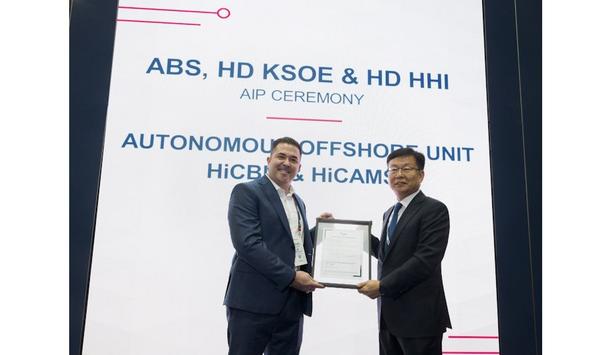Classification society - DNV announced at OTC Houston that its new rules and standards for the offshore industry will be published in July, after receiving industry feedback.
The new DNV rules cover several segments, including underwater systems and installations, offshore units, diving systems, structural design, and drilling systems. The DNV rules and standards undergo an extensive external hearing process, before their publication and entry into force.
Rules and standardised processes
“The offshore sector is one of the most innovative in the world,” said Torgeir Sterri, Director of Offshore Classification, at DNV.
Torgeir Sterri adds, “For DNV this means we constantly have to be looking ahead to where our partners are moving, finding the areas where they need a platform to help unlock the next generation of technologies and helping to enable these with well-tested rules and standardised processes.”
Highlights
Some of the highlights from the new rules and standards for the offshore sector include:
- Addition of the new service notation for Floating spaceports, which covers the requirements for units and installations intended for launch and/or recovery of spacecraft.
- A significant update to the diving systems standard (DNV-OS-E402) to simplify its use and align it with the IMO diving code.
- Consolidation of the rules covering remotely operated and autonomous underwater systems.
- Reworking of the structural design standards (DNV-OS-C101, DNV-OS-C102, DNV-OS-C103, and DNV-OS-C104) to enhance ease of use and clarity.
- Cyber secure notation was added as mandatory for offshore units in line with the IACS unified requirements.
- New Fish welfare and Ocean health class notations for floating fish farms.
Digital tools
“At DNV we are always trying to make sure not only that the rule set remains up to date but that we are continually making it easier to work with,” continued Torgeir Sterri, adding “This is why we invest so heavily in digital tools so that there are smooth processes for designers and yards, but also why we work on optimising the structure of the rules themselves."
Efficiency, security, and quality
Torgeir Sterri continues, "With every revision, we are eliminating redundancies, incorporating and aligning with the latest mandatory requirements, and providing our customers a resource that delivers the efficiency, security, and quality they expect.”
After DNV receives feedback from its customers and stakeholders from the rules hearing, this input is processed and incorporated into the rules. The launch and publication of the new rules takes place in July and the new rules will enter into force on January 1st, 2025. To find out more head to LINK.











